What you GAIN from getting TRAINED/SUPPORT from "Sky IT Solutions"
+ Trained, Supported by Certified and IT industry Expert having around 34+ years of experience
+ 99.99% of the students are well placed
+ Trainer who has trained more than 75+ Corporates
+ Trained IT technologist, Corporate Employee and Freshers since year 2000
+ Certified Oracle 9i, 10g, 11g and 12c DBA, Certification in Python for Data Science, Certification on R for Datascience and Mongodb certification
+ Hands on training, Online Training, Realtime Queries/Exerise
+ Check FEEDBACK to know about our credibility
****www.linkedin.com/in/dinesh-chandar-mk-b34b817
Oracle SQL 18c-Online Training
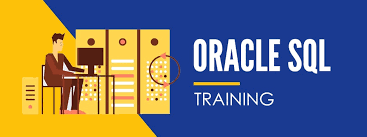
This Oracle training course is designed for students new to writing SQL queries with Oracle. • Understand about RDBMS rules • Understand various Oracle Products/tools and it usage • Learn to use Oracle to output reports • Learn to modify database data in Oracle with SQL • Learn to query data dictionary objects in Oracle in Oracle • Learn how and when to write simple and complex queries • Learn about different types of joins and when to go in for such joins • Learn about normal subqueries and coorelated subqueries • Learn about SET operators and different between them and joins • Learn to create simple work with Views, ROWID, Synonyms and Clusters in Oracle • Learn Types of Indexes and usage within Oracle • Query Processing with Oracle • Query Handling within Oracle Memory (SGA) • Learn to create tables in Oracle • Will have question session every day which would help you in understanding the subject and also preparing you for interviews • Stream lined Course exercise when completed would help participants to understand the technicality in Oracle SQL, build logics and apply themselves in realtime Query solutions More
Oracle 18c PLSQL-Online Training
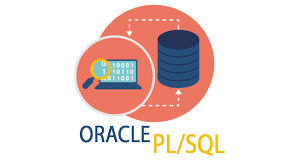
The course gives a in depth knowledge and techniques used in the understanding RDBMS concepts, Data manipulation, data processing using SQL and PLSQL. Course also covers advance PLSQL topics. Includes Understanding the environment and context in which PL/SQL operates, advantages and benefits of PL/SQL within a database environment, declare program variables and complex data types, develop logic within PL/SQL program blocks, fetching data from the database into program variables, return program output to users., handling program exceptions, using explicit and implicit database cursors, topics like indexes, clusters, ref cursors, autonomous transactions, dynamic sql, materialized view etc., Lectures are combined with sets of exercises designed to illustrate the points covered. These exercises are to be completed by the delegates. Hands-on exercises are used to demonstrate each feature and the student will gain first-hand experience in the key Oracle SQL and PLSQL concepts wherever applicable.
MoreOracle Forms and Reports-11g

The course outlines techniques used in the using 'Oracle Forms and Reports 11g' in designing, developing and defining it as an user friendly interface with Oracle database both in the client server (which was possible in earlier versions of Oracle developer)and deploying the same on brower. Includes topics like using Development of single table form, master-detail, tab interface, stacked canvases, using ref cursors, usage of different built-in packages, understanding various triggers in Forms and Reports, creating reports manually to get a better understanding of how reports work etc., Lectures are combined with hands on sessions. Apart for this a set of exercises designed to illustrate the points covered are given after each session. These exercises are to be completed by the delegate. The course also would cover Forms and reports topics given in detail in the course content below. Hands-on exercises are used to demonstrate each feature and the student will gain first-hand experience in the key Oracle Forms and Reports
MoreOracle DBA
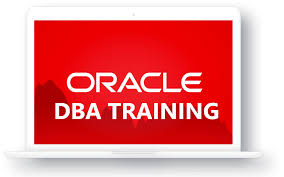
Oracle Database 11g offers improved administration and maintenance features, including an expanded automation toolset. This assists administrators in maintaining vital data and allows organizations to ensure high availability, performance and integrity of their database systems.
In this hands-on course, you gain the knowledge and skills to create and configure Oracle 11g databases, manage memory and storage effectively, and deploy essential procedures to maintain your organization's database and ensure its availability.
• Building, starting up and shutting down Oracle 11g databases
• Creating and maintaining tablespaces with varying block sizes
• Configuring UNDO tablespaces and retention periods
• Administering partitioned objects
• Safeguarding the database using backup and restore techniques
• Recovering lost data due to hardware and software failure
• Optimizing space usage
• Managing user resources and privileges
• Redefining, reorganizing and shrinking tables online
• Performing flashback operations to recover from user error
Oracle RAC (Real Application Clustering)
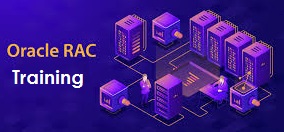
Oracle RAC allows multiple computers to run the Oracle RDBMS software simultaneously while accessing a single database, thus providing a clustered database.
In an Oracle RAC environment, two or more computers (each with an instance) concurrently access a single database. This allows an application or user to connect to either computer and have access to a single coordinated set of data.
It addresses several areas of database management. These areas include:
• fault tolerance
• load balancing
• scalability
• In this hands-on course, you gain the knowledge and skills to create and configure Oracle 11g R2 Grid installation
• RAC Installation
• CRS, Using ASM, Creating Database manually on ASM
• Configuring EM for RAC
• Taking AWR reports
• Migrating to RAC
• Adding Nodes
• Load Balancing etc.,
to maintain your organization's database and ensure its high availability.
Python Programming for Data Science (Basic - Advanced)-Online
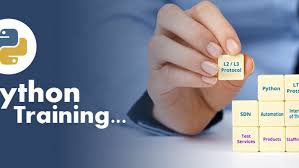
Python is gaining popularity among software developers because of its ability to easily integrate with other technologies and offer more stability and higher programming productivity, especially in large projects with volatile requirements. Python course will allow you to fully utilise its concepts and create code that is simple yet fully functional and robust.
> Python works on different platforms (Windows, Mac, Linux, Raspberry Pi, etc).
> Python has a simple syntax similar to the English language.
> Python has syntax that allows developers to write programs with fewer lines than some other programming languages.
> Python runs on an interpreter system, meaning that code can be executed as soon as it is written. This means that prototyping can be very quick.
> Python can be treated in a procedural way, an object-orientated way or a functional way.
R Programming for Data Science (Basic - Advanced)
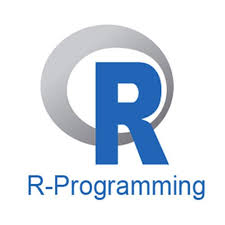
R is a language and environment for statistical computing and graphics. R is an integrated suite of software facilities for data manipulation, calculation and graphical display. It includes:
> an effective data handling and storage facility
> a suite of operators for calculations on arrays, in particular matrices
> a large, coherent, integrated collection of intermediate tools for data analysis
> graphical facilities for data analysis and display either on-screen or on hardcopy
> a well-developed, simple and effective programming language which includes conditionals, loops, user-defined recursive functions and input and output facilities.
Mongodb Training (Beginners and DBA)-Online Training
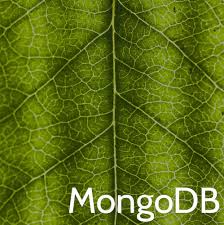
MongoDB is a document-oriented, open-source database program that is platform-independent. MongoDB, like some other NoSQL databases (but not all!), stores its data in documents using a JSON structure. This is what allows the data to be so flexible and not require a schema.
> Introduction to RDBMS vs Mongodb. Comparision
> SQL vs NOSQL ?
> Features of Mongodb
> Installation
> CRUD operations
> Basic Architecture.
> Process in Mongodb
> Cluster Adminstration
> Basic Security, built-in roles
> File Structure
> Indexing
> Creating Replication - replica set, Load balancing
> Aggreation.
> Mongostat - Understanding import info from stats
> Mongodump
> Mongorestore
> Mongoexport
> Mongoimport
> Read and Write Concerns
> Failover and Elections
> Setting up Shard Cluster
> Shards
> Chunks